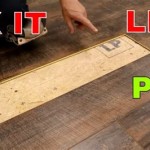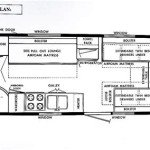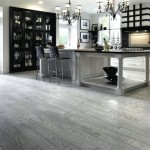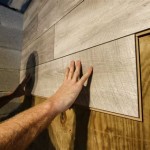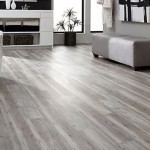Engineered Timber Flooring: A Guide to Its Essential Aspects
Engineered timber flooring is a popular choice for homeowners and businesses alike, offering a combination of durability, style, and sustainability. Here are some essential aspects to consider before making a purchase:
Construction
Engineered timber flooring consists of multiple layers: a top layer of real wood veneer, a core of cross-laminated plywood or HDF (High-Density Fiberboard), and a backing layer. This construction makes it highly stable, resistant to moisture, and less prone to warping or cupping.
Species and Finish
A wide variety of wood species are available for engineered timber flooring, including oak, maple, walnut, and bamboo. Each species offers unique grain patterns, colors, and hardness levels. Different finishes are also available, such as matte, gloss, or hand-scraped, to create a custom look.
Durability and Maintenance
Engineered timber flooring is highly durable, thanks to its multi-layer construction. It can withstand heavy foot traffic, making it suitable for both residential and commercial spaces. Regular cleaning with a broom or vacuum is sufficient to maintain its appearance and extend its lifespan.
Moisture Resistance
Compared to solid hardwood flooring, engineered timber flooring is more resistant to moisture. However, it's not completely waterproof and should not be exposed to prolonged periods of standing water. This makes it a suitable choice for kitchens, bathrooms, and other areas with occasional spills.
Installation and Refinishing
Engineered timber flooring can be installed using different methods, including nailing, glue-down, or floating. It's generally easier to install than solid hardwood flooring. While it's possible to refinish engineered timber flooring, the number of times it can be refinished is limited by the thickness of the top layer.
Environmental Impact
Engineered timber flooring is considered an environmentally friendly option because it uses less real wood compared to solid hardwood flooring. The core layers are made from sustainable materials, such as plywood or HDF, which contributes to a lower environmental impact.
Conclusion
Engineered timber flooring is a versatile and durable flooring option that offers a blend of natural beauty and practical benefits. By considering the construction, species, finish, durability, moisture resistance, and installation method, you can choose the perfect engineered timber flooring that meets your specific needs and preferences.

Engineered Timber Sydney Flooring

Best Engineered Hardwood Floor For Scratch Resistance Lifecore Flooring S

What You Need To Know About Engineered Hardwood Flooring Renaissance Floors

Sustainable Stylish Timber Flooring Options Floorworld

Engineered Timber Flooring Cost In Sydney Updated 2024 Floorvenue

Engineered Timber Flooring Explained Forté

Engineered Timber Flooring Installation Havwoods

Engineered Timber Flooring

Engineered Timber Flooring Pros And Cons Versace Timbers

Engineered Timber Flooring Floorboards Melbourne
Related Posts

